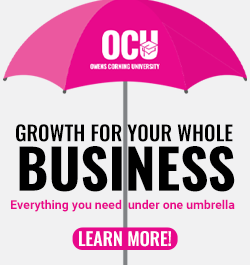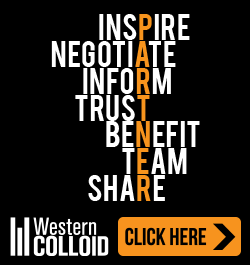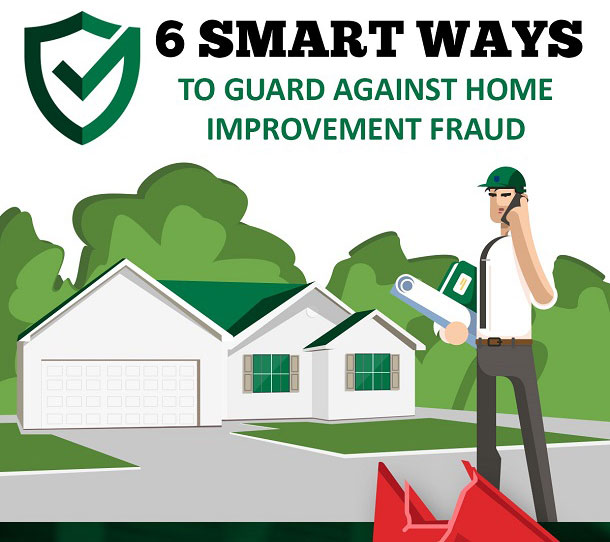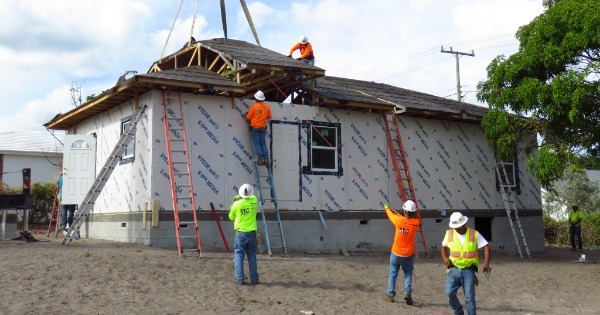Going Paperless

The benefits of making your paperwork digital are enticing.
By Michael Waldo, Kreiling Roofing Co.
That’s easily one of the most common phrases thrown around by software companies at roofing trade shows, but is it actually feasible for your company? The short answer is YES! The long answer is a little more complicated.
The migration from paper to digital has been accelerated by companies across the country in light of COVID-19 and the related remote working recommendations by some states. Despite the pressure most of us faced earlier this year, going paperless isn’t something you can do in a span of a few weeks and it’s not as simple as merely ripping up your paper time sheets and handing your foreman iPads.
The benefits of making your paperwork digital are enticing – consistent data collection, increased efficiency, dependable backups in the cloud, improved data security and many more. On the conference trade floor, it’s these benefits that make “going paperless” such a highly utilized buzz word. These software companies succeed and make sales by selling you a dream – a dream that’s certainly attainable, but it’s a dream that requires serious thought by your project leaders, collaboration by your employees and most importantly, buy-in from everyone involved. This isn’t the kind of project that can be completed by simply mailing a check to a team of consultants – you’ll want and need your seasoned employees to help design and implement the new processes.
Generational differences have always been present in the labor force, but the current clash between Baby Boomers and Generation X versus Millennials and Generation Z has been particularly apparent and it’s paramount to understand these differences before making any changes. At the core of these disparities, the two former generations grew up in an analog era and probably used their first computer when they were already adults. In other words, they are “digital immigrants.” On the flipside, Millennials and Generation Z are “digital natives,” growing up fully immersed with technology. You can probably spot the digital immigrants in your office by finding the employees who prefer to print out a document and edit it with a physical pen versus the digital natives who simply edit a document on the screen of their computer.
So why do these differences matter when thinking about going paperless?
As a leader in your company, it’s important to provide all your employees with an environment where they can thrive. Simply forcing your digital immigrants to ditch their pens and paper and edit on screen is recipe for an inefficient workforce. Luckily, there are ways to accomplish both the goal of an all-digital file structure while maintaining an environment conducive to the learning styles of everyone in your organization, and this is why getting your employees involved in the decision making is so important.
Most companies already have several different types of software they use on a regular basis. The goal of going paperless isn’t necessarily to replace these existing systems, it’s more so to find a way for each of those programs to share information with one another, if needed. What might be a printed report from one and a manual entry into another in today’s workflow, could be a .csv file export from one and template import into another in tomorrow’s paperless world.
So, let’s say you’re ready to try going “paperless” or at least mostly “paperless.” What’s the roadmap look like?
1. Create an implementation team - Regardless if you’re hiring a consultant to help your company navigate the process or not, creating an implementation team is extremely important. Your goal for this group is not to take the most tech-savvy individuals in your company (although having at least one who also has familiarity with your company’s operations is helpful), but instead create a diverse group of employees who can provide a representable sample of the thoughts and opinions of all your employees. Don’t forget to get your employees in the field involved!
2. Share the goal, gather ideas and concerns – Just because you’re delegating some of the decision making doesn’t mean you have to relinquish control. Let the implementation group know that the company is going “paperless”, but the idea is to make the new normal be as painless as possible. To do this, gather the ideas and concerns from your newly formed group. How might the work change? What can be done to compromise pain points? What processes can be changed now and what can be changed later?
3. Map it out & get buy-in – This is the most important part! Leverage your brainstorming session with the implementation team to map out what the new process flow will be for your company. If you’re dealing with a lot of existing systems, identify process leaders who will oversee certain aspects of the project. For example, if the goal is to get digital copies of all incoming invoices, your employee who handles accounts payable can be the process leader who is tasked with creating the standard operating procedure (SOPs) for that piece of the puzzle.
4. Set clear and measurable expectations – Just like you might with a roofing project, breaking the project into phases and assigning specific tasks to individuals in your company will help you stay on schedule and ensure everyone is doing their part. Remember, the process leaders don’t have to be tech savvy, they’re simply responsible for the creation of the SOPs because they’re the subject matter experts in their individual areas.
There are a myriad of wonderful cloud-based products to help achieve some of these goals. At our company, Microsoft 365 is the backbone of our cloud architecture, allowing us to store and share files, change paper forms into digital forms and automate tasks that used to require a manual interruption with a subtle e-mail alert instead. We’re still in the midst of our paperless journey, but this gradual implementation was deliberate and designed to be as least disruptive as possible. Regardless, going paperless will be a culture shock. Changing the day-to-day processes of everyone in your company will inevitably result in some pain – but with a smart implementation plan, you can mitigate many problems before they even start.
Learn more about the MRCA in their RoofersCoffeeShop® Directory.
About MRCA
The Midwest Roofing Contractors Association (MRCA) is an association of roofing contractors that have joined together to develop and administer programs and services that help member companies build their business, save them money while continually working to improve the roofing industry. MRCA represents the needs of the contractor to manufacturers, consultants and other regulatory agencies. While MRCA consists primarily of roofing contractor members, those in the supplier segments are allowed to join as Associate members.






















Comments
Leave a Reply
Have an account? Login to leave a comment!
Sign In